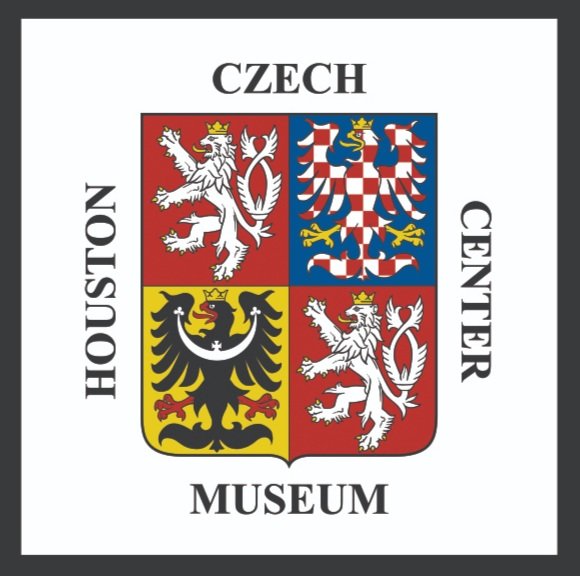Before the Czechs were Czech, they were Bohemian, beginning with Roman-named Celtic “Boii” people. The Germans called the land “µţöłółľ±đ˛Ô” while the Romans called it “Boiohaemum,” meaning the history of the Boii continued to influence the land long past their existence there, even by the time the Czechs began living there. Translated to English, these names became “Bohemia,” where “Bohemians” lived, before they were finally known as Czechoslovakians, then as Czechs and Slovakians in their respective nations.
Capuchin Crypt
Founded in the 17th century, the Capuchin Crypt in Brno holds the natural mummified remains of 150 Capuchin brothers, 50 benefactors, a Roman noblewoman, and a famous soldier. Capuchin burials involved detailed records of not just the dead, but also the living, which also documented the history of the church itself. Unfortunately, people were occasionally buried alive due to coma or paralysis. There are other interesting aspects of the Capuchin Crypt, such as the tomb of Noblewoman St. Clementine or the thumb of František Baron Trenck.
Czech National Revival
A response to increased Germanization, the Czech National Revival revived Czech literature, language, history, and politics. Increased nationalism marked this period of cultural revival. The movement started before the 19th century with Czech intellectuals such as Josef Jungman and Josef ¶Ů´Ç˛ú°ů´Ç±ą˛ő°ěĂ˝ becoming more discontent with the decrease in Czech culture, language, and national identity. Czech national identity also involved realism, rejecting the romanticism of the past, which was considered “anti-nationalist.” With the end of the Great War, the goals of the National Revival movement were successfully met.
Czech Wine: A Brief History
From legends to wine festivals, Czech wine has a rich history. Various rulers implemented regulations for viticulture, and it eventually grew to a large scale operation in the Czech Republic. Although many vineyards were left abandoned after the revolution, through the 19th and 20th centuries, Czech viticulture bounced back to the point of becoming a worldwide phenomenon.
Charles IV: King of Bohemia and the "Romans"
Charles IV’s efforts helped to elevate the city of Prague to new heights, establishing it as the intellectual and cultural center of Central Europe. Yet, his reign was marked by political disagreements and failures to centralize the government. One major, yet brief, threat to Charles IV’s authority came from Louis IV, the excommunicated emperor Charles IV replaced. Another major aspect of Charles IV’s authority was the elevation of Prague as a major player on the world stage for centuries to come.
Emperor Rudolf II: Prague's Patron of Arts and Science
Rudolf II, leader of the Holy Roman Empire, ruled from 1575-1612. His reign as emperor was nontraditional and he was well known for his patronage of arts and science. Under his rule, alchemists were protected and allowed to experiment and learn, making Prague one of the cultural centers of this scientific discipline. His rule also allowed artists from all over Europe to thrive and flourish, which artists noticed and greatly appreciated.






